Digital marketing my seem unpredictable to an outsider. The pace that the Internet cycles through memes, jokes, and trends before hopping to the next best thing is breakneck. However, the importance of data and analytics is ever growing in the field of digital marketing. Combining past collected data and prediction models, digital marketers have more ability than ever to generate interest.
Sources Of Data
- Social Media Analytics. YouTube, Facebook, Twitter, LinkedIn, and Instagram are the biggest.
- Website Analytics. Statistics such as what content people are clicking on, how long they’re staying on the page, and keywords that draw people to the site.
- Email Marketing Analytics. Analyze what headlines draw audiences in and what discounts your customer base is interested in.
- Census Data. Provides information about the local market that is invaluable.
- Keyword Trends. Keyword trends indicate what consumers are searching at any given moment.
- Google Analytics.
- Adobe Analytics.
- A whole host of other analytics services and hosts.
Using The Data
Businesses access plenty of information, but it means nothing unless business owners filter through it. If the data is honed and picked through carefully, it can be a highly useful tool.
-
Finding The Right Data
There are certain measurements known as Key Performance Indicators, or KPIs. A company’s KPIs should be a specific set of parameters that are measured exactly on a regular basis. Above all, owners need to tie the KPIs to the specific marketing goals of a campaign. For example, if the current marketing push is to collect emails, a KPI can be how many customers enter their email on the website.
-
Familiarize Yourself With Your Audience
Learn what draws an audience to your site. This allows for twofold improvement to a marketing plan. First and foremost, the familiarization allows for a streamlined and more efficient marketing campaigns. The business will not waste time producing content that has no return on investment.
Additionally, knowing your current audience allows you to address the gap between the current audience and target audience. To address the gap, marketers devise a campaign to appeal to the people in the gap.
-
Keyword Targeting
First, business owners pick out keywords to bring traffic to the site. There are multiple online tools to help business owners to parse out keywords. It is smart to establish a short list of keywords and create content around those words. There are also adjacent keywords to add to the short list to create a web of functioning terms to focus the site around.
-
Determining ROI
ROI stands for return on investment. It is a general measure of success for marketing campaigns, as it shows how much money a given campaign is earning.
There is a specific formula for ROI.
(Total Revenue Attributed To Digital Marketing – Total Cost Of Digital Marketing)
(Total Cost Of Digital Marketing)
Calculating ROI can inform you as to whether or not your current campaign is successful.

